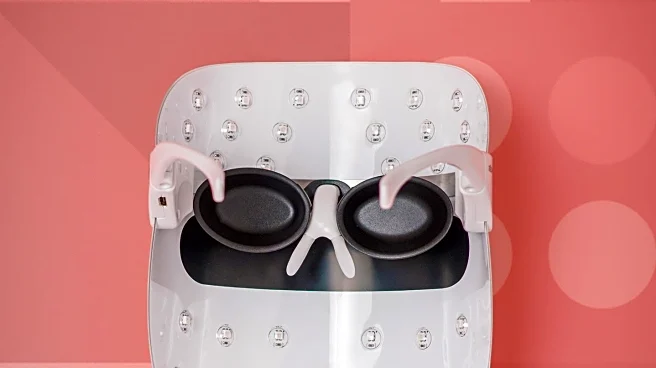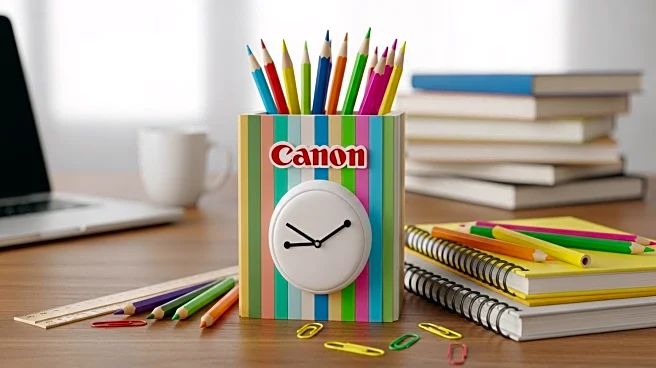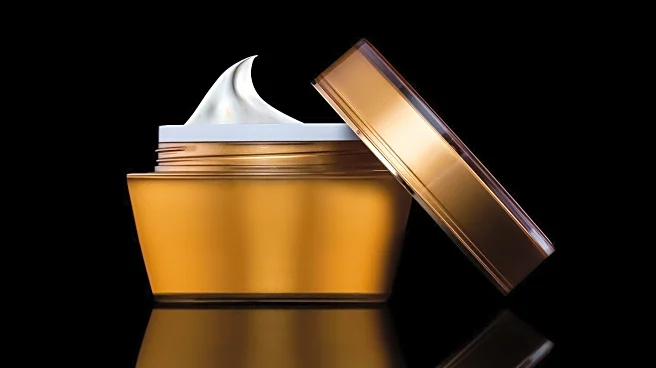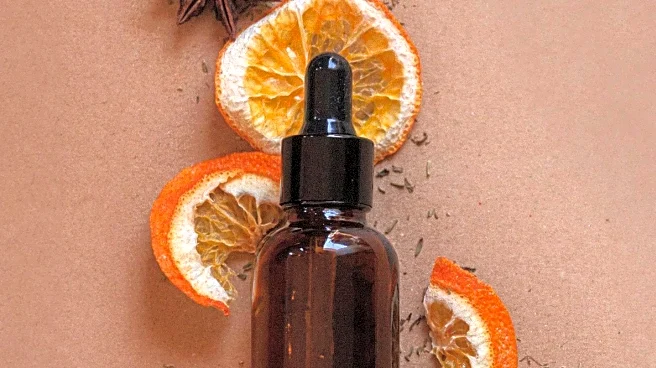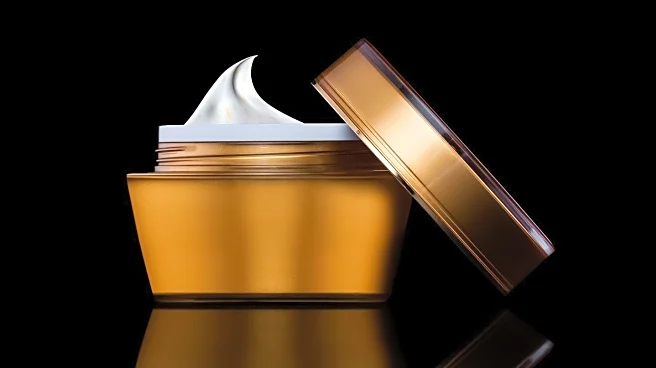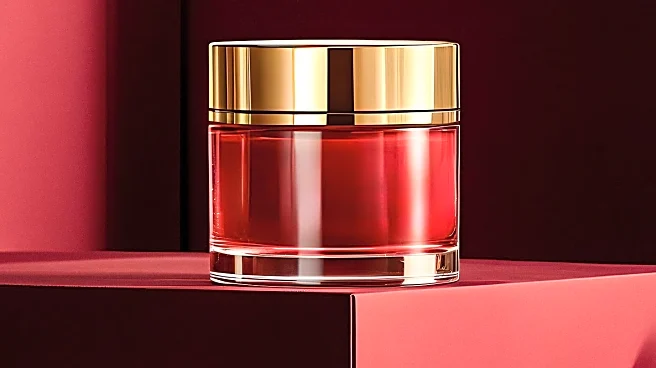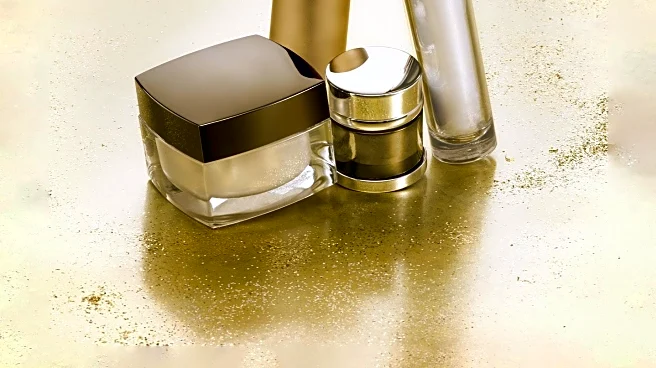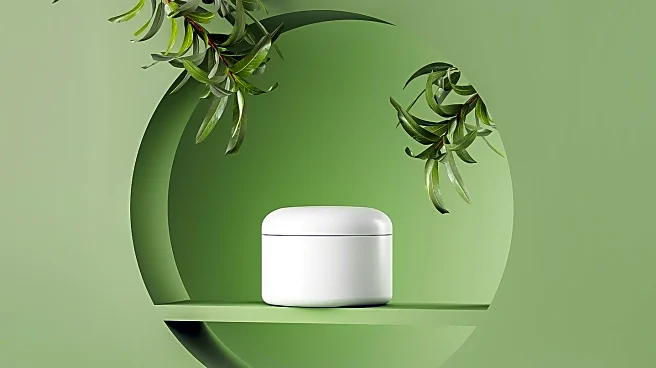What is the story about?
What's Happening?
Red light therapy has emerged as a popular trend in the anti-aging product market, which was valued at approximately $53 billion in 2024. The therapy is widely discussed on social media, with claims of various health benefits. Cosmetic chemist and science communicator Michelle Wong, along with host Regina G. Barber, examined the existing research to determine which claims are supported by scientific literature and which require further experimental data. The discussion aims to provide clarity on the efficacy of red light therapy in skincare.
Why It's Important?
The growing interest in red light therapy reflects broader consumer trends towards non-invasive skincare solutions. As the anti-aging market continues to expand, understanding the scientific basis of such therapies is crucial for consumers and industry stakeholders. Accurate information can guide consumer choices and influence product development strategies within the skincare industry. Additionally, the scrutiny of red light therapy claims highlights the importance of evidence-based practices in cosmetic science.
What's Next?
Further research is needed to substantiate the health claims associated with red light therapy. As interest in the therapy grows, it is likely that more scientific studies will be conducted to explore its potential benefits and limitations. Industry stakeholders may respond by investing in research and development to validate claims and enhance product offerings. Consumers are encouraged to stay informed and critically evaluate the evidence behind skincare trends.
Beyond the Headlines
The discussion around red light therapy underscores the ethical responsibility of marketers and influencers to provide accurate information. As consumers increasingly rely on social media for health and beauty advice, the need for transparency and scientific validation becomes more pressing. This trend may lead to a shift towards more rigorous standards in the promotion of cosmetic products.
AI Generated Content
Do you find this article useful?
